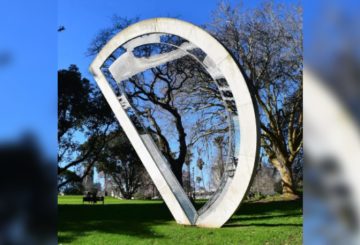本周,新西兰庆祝了其第八届年度汉语周。本周从 10 月 25 日星期日持续到 10 月 1 日星期六。
汉语周的目标是弥合新西兰和中国之间的文化鸿沟,鼓励新西兰人学习中文。
为了纪念今年的活动周,来自奥克兰的年轻流行歌手威尼斯·秦发行了歌曲 “Call my Name”,这首歌指的是她的中国血统,黑蕨橄榄球运动员泰拉·内森·王成为了新西兰中文周的官方大使。
该周还用于通过儿童读物推广中文。在过去的五年中,新西兰中文周信托基金向全国各地的学校和地区图书馆提供了三种语言(英语—Te Reo Maori—普通话)的书籍。今年发行了4000本书,并首次制作了一个故事的录像。
新西兰中文周慈善信托基金主席乔·科夫兰说,这些书非常受欢迎。
“这样的书好像不多,普通话、毛利语和英语都融为一体。
“老师告诉我们,他们的学生很高兴看到他们的文化和语言得到反映,无论是用毛利语还是普通话,或者两者兼而有之。
考夫兰说,有大量证据表明,学习一种以上的语言会使大脑受益。
她说:“作为信托基金,我们鼓励学习普通话,但所有语言都有好处。”
Coughlan补充说:“中国有许多语言。普通话是新西兰学校和大学教授的普通话。这并不意味着我们无法识别其他中文——例如,我们的网站上有广东话的支持视频。”
考夫兰说,作为一个依赖贸易的多元文化国家,我们必须为学生提供学习其他语言的机会。
“学习一种语言为了解另一种文化提供了一个窗口。随着我们的年轻人在职业生涯中得到发展,成为我们未来的领导者,加深对其他语言和文化(在本例中为中国人)的理解不仅可以使他们更好地为旅行做好准备,而且可以帮助他们拥抱其他文化多样性,鼓励思想的宽容、包容和多样性在新西兰。”
这本书正在用普通话、英语和 Te Reo Maori 阅读的视频在这里:https://www.youtube.com/watch?v=zIomXJukBYU






























































